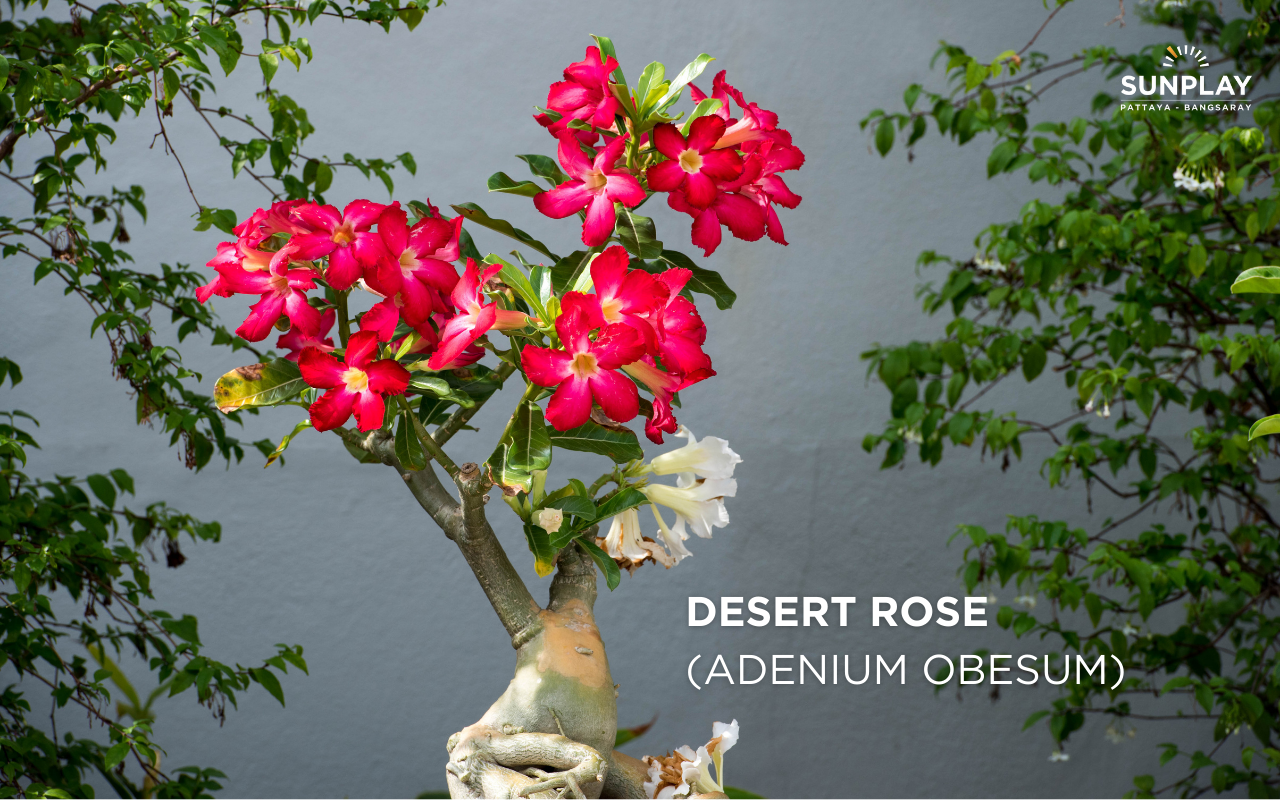
1. Rubber Plant (Ficus Elastica)
According to Feng Shui principles, the Ficus elastica species is believed to draw wealth, prosperity, and good fortune. Commonly known as the rubber fig, Indian rubber bush, or rubber bush, this indoor good luck tree is among the various types of indoor ficus tree plants. With its round leaves symbolizing money and prosperity, the Ficus elastica is said to bring fortune, abundance, and an upsurge in wealth when placed within the home. Additionally, it is recognized as one of the 8 Strongest Houseplants.
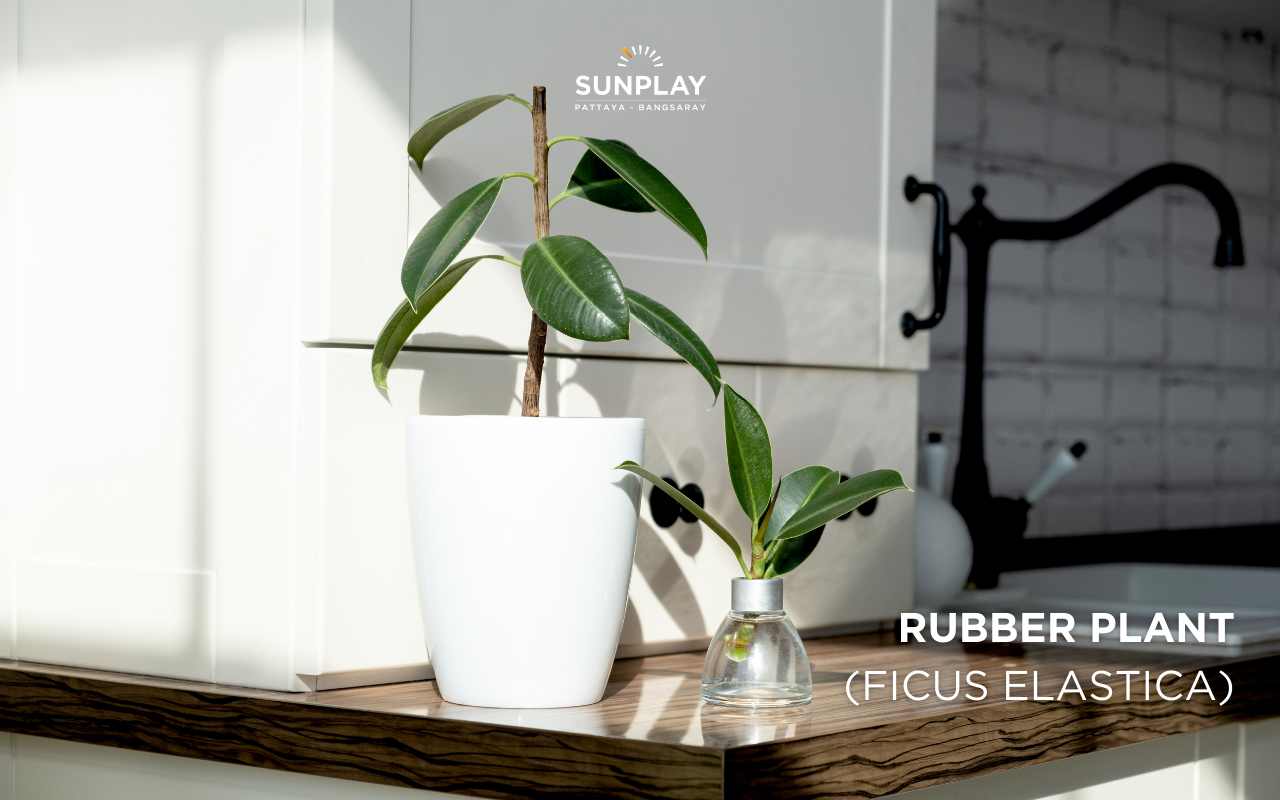
2. Snake Plant (Sansevieria Laurentii)
The Sansevieria, amusingly nicknamed the mother-in-law’s tongue or Belgian curtains, is considered a plant of good fortune when positioned strategically. Its remarkable ability to absorb harmful gases from the air and purify toxins enhances its reputation for luck. Known for its resilience, Snake Plants are among the hardiest plants available, thriving both indoors and outdoors, including balconies and gardens. Their resilient nature allows them to withstand various conditions with ease. Additionally, they emit powerful protective energy, shielding residents from negative chi.
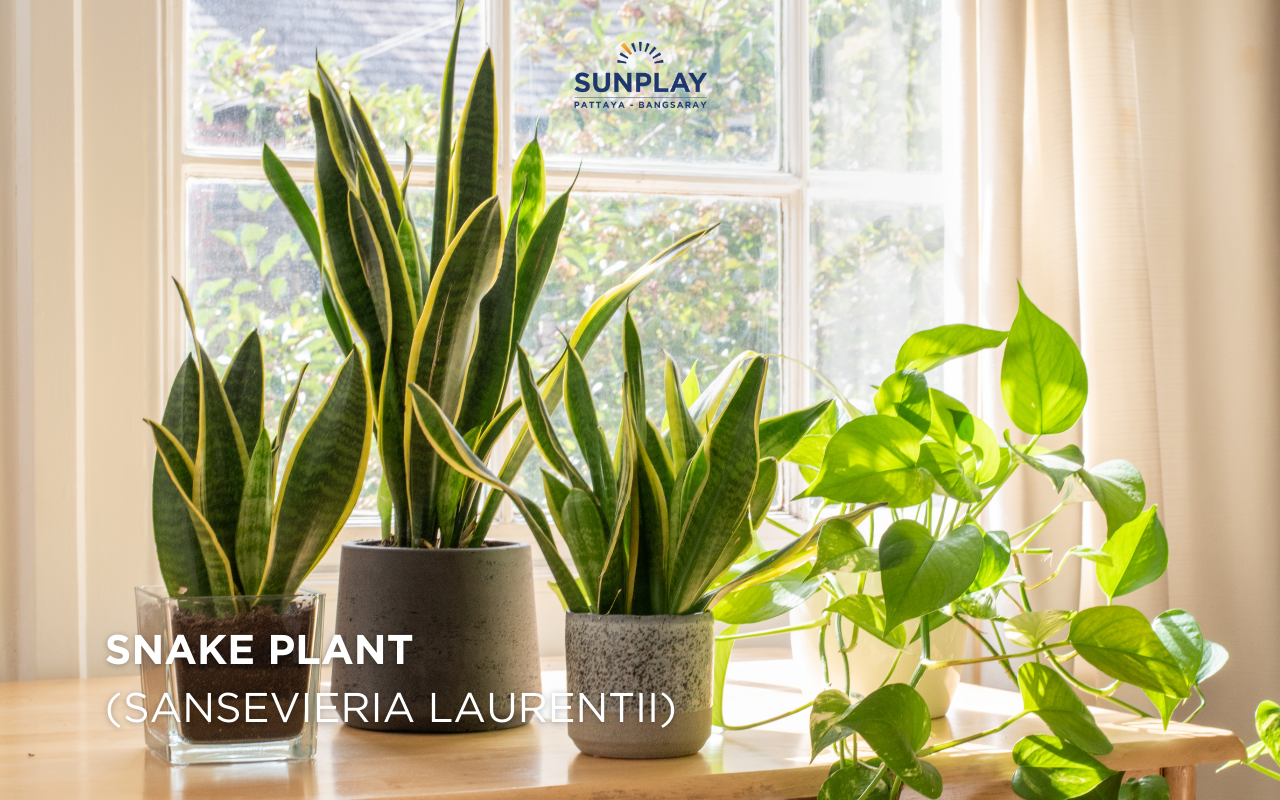
3. Lavender (Lavandula Angustifolia)
Ensure to place Lavender near your door to invite luck into your home. As you walk by, a touch of this fragrant herb will carry upward, dispelling any lingering negativity. Lavender is renowned for its calming properties, promoting relaxation, peaceful thoughts, and restful sleep. Additionally, it serves as a natural disinfectant, lending its heavenly scent to cleaning products.
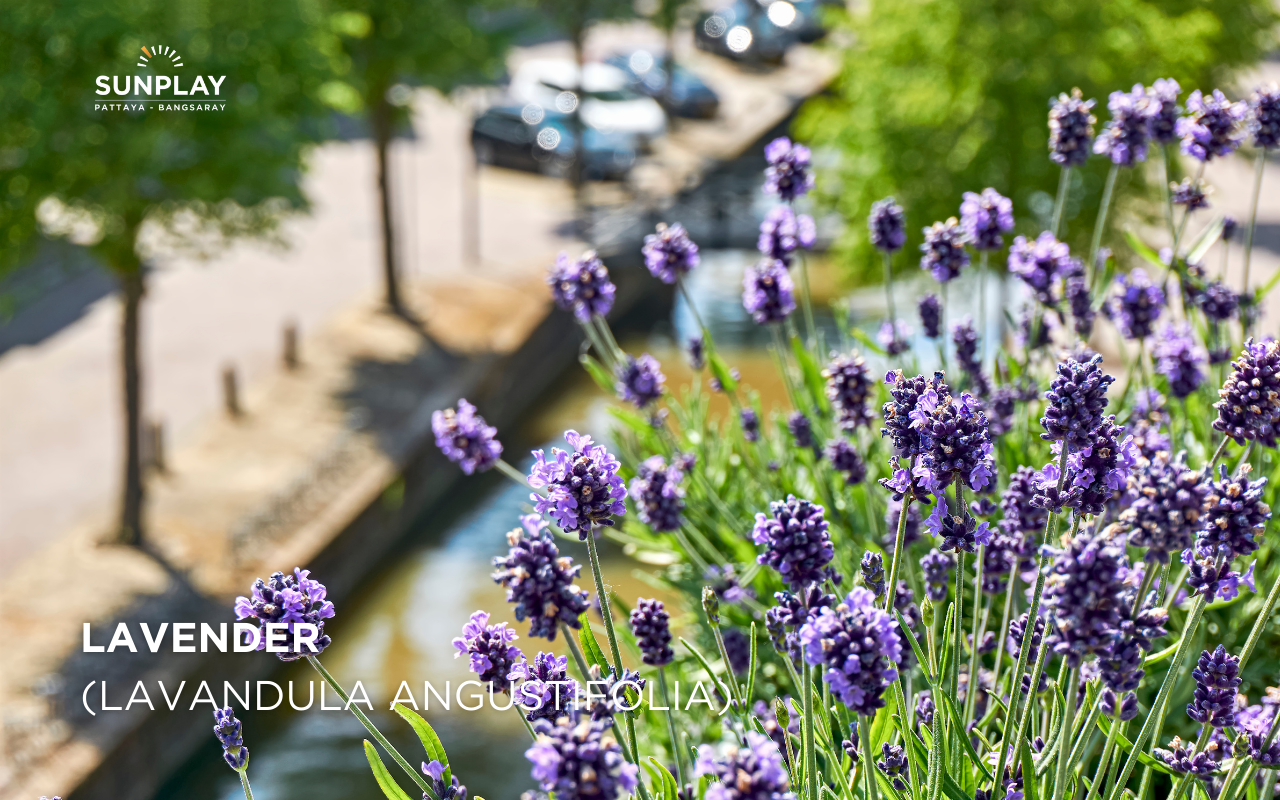
4. Money Plant (Golden Pothos - Epipremnum Aureum)
In line with Feng Shui principles, the money plant not only attracts good luck and wealth but also fosters harmony between individuals and their environment. Its smooth, round golden leaves, resembling coins, symbolize prosperity, while their clustering signifies auspicious fortune. Moreover, the Epipremnum Aureum is recognized for its robust roots and vigorous growth, reflecting its vitality. Infused with positive energy, the money plant serves as a beacon of prosperity and abundance.
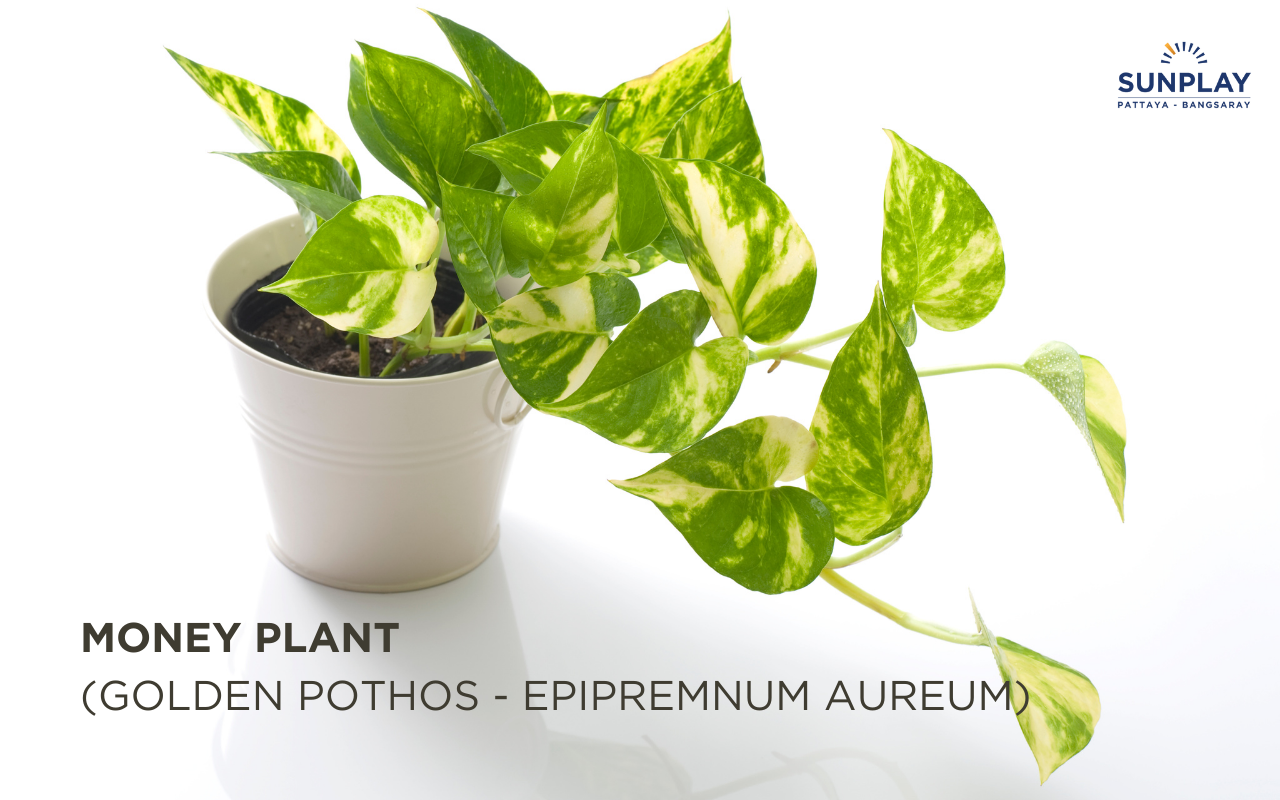
5. Desert Rose (Adenium Obesum)
These flowering trees, called wealth plants in Chinese culture, symbolize luck during the Spring Festival. Adeniums, also known as Desert Roses, feature thick roots symbolizing abundance and fertility. Varieties with red or pink flowers are considered especially fortunate. Originating from Africa and the Middle East, they thrive in tropical gardens alongside Alamandas, Oleanders, and Frangipanis.
6. Lucky Bamboo (Dracaena sanderiana)
Lucky bamboo, scientifically known as Dracaena sanderiana, is not a true bamboo despite its name. Its leafless trunk resembles bamboo, and in recent years, it's often marketed as such. These trunks, typically rootless and leafless, can be straight or spiraled and are commonly used in floral arrangements. Bamboo holds significance in Asian culture as a symbol of good fortune. In Chinese, Lucky Bamboo is referred to as 'Fu Gwey Zhu,' with the three symbols representing luck and fortune (Fu), power and honor (Gwey), and bamboo (Zhu).
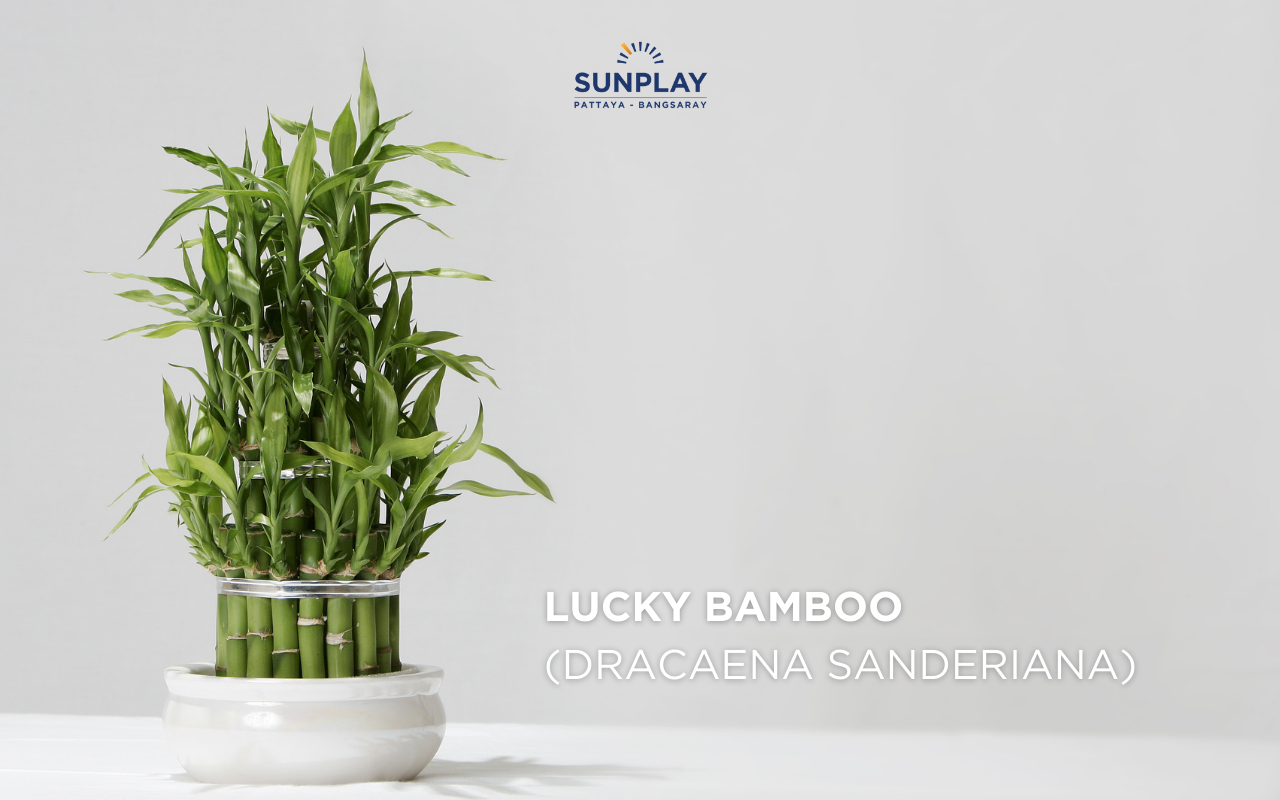
Moreover, what is the Condominiums with spacious balcony?

